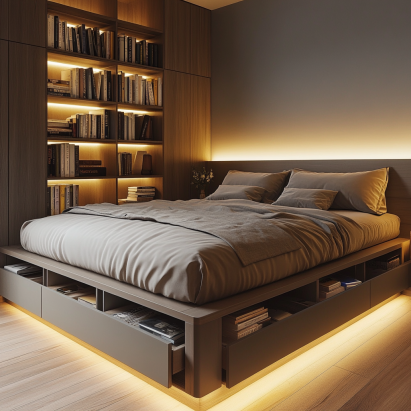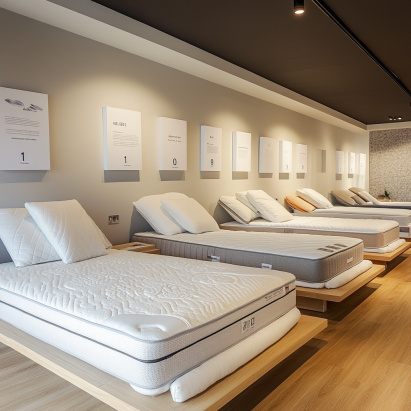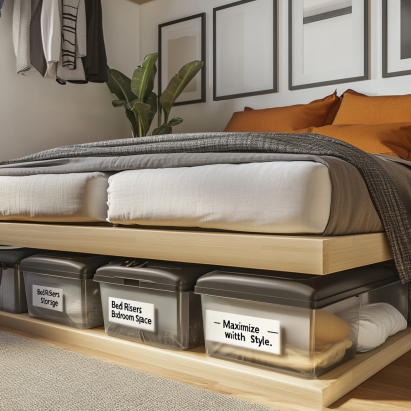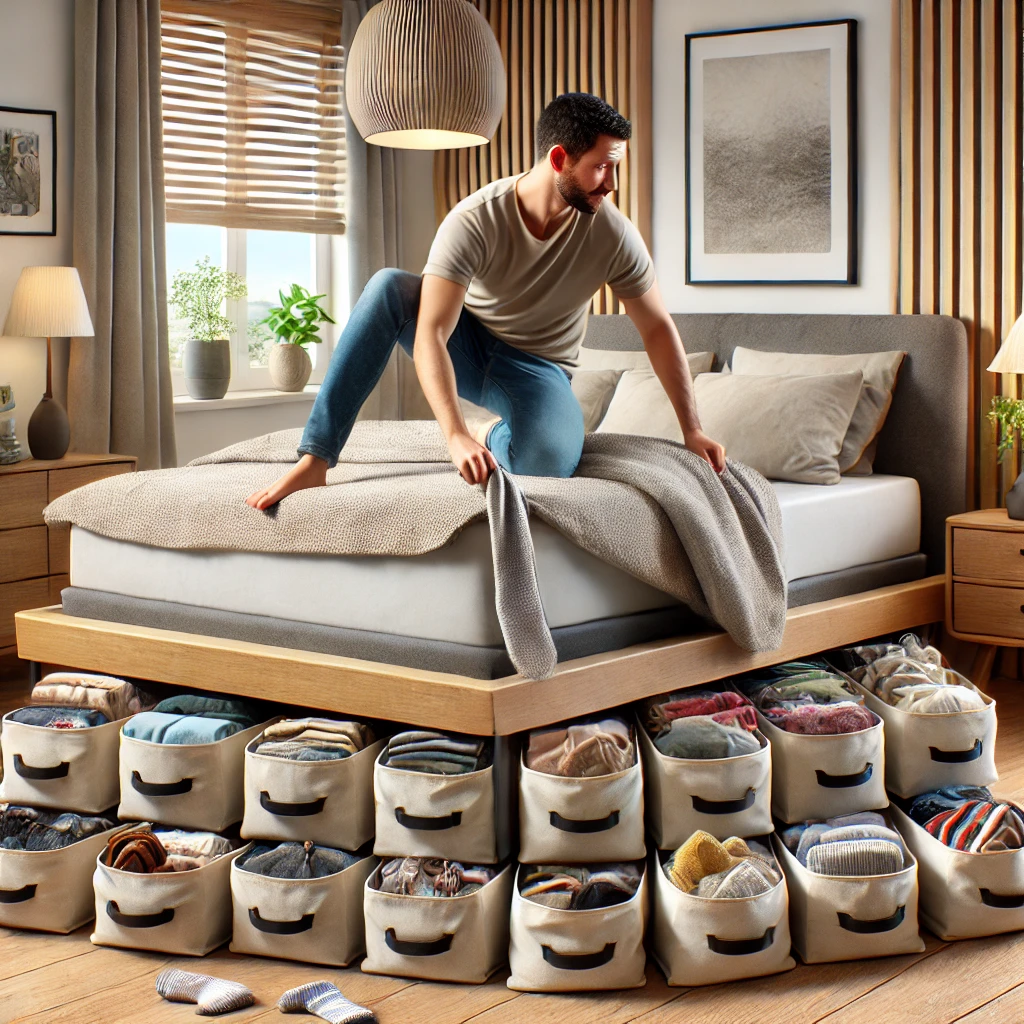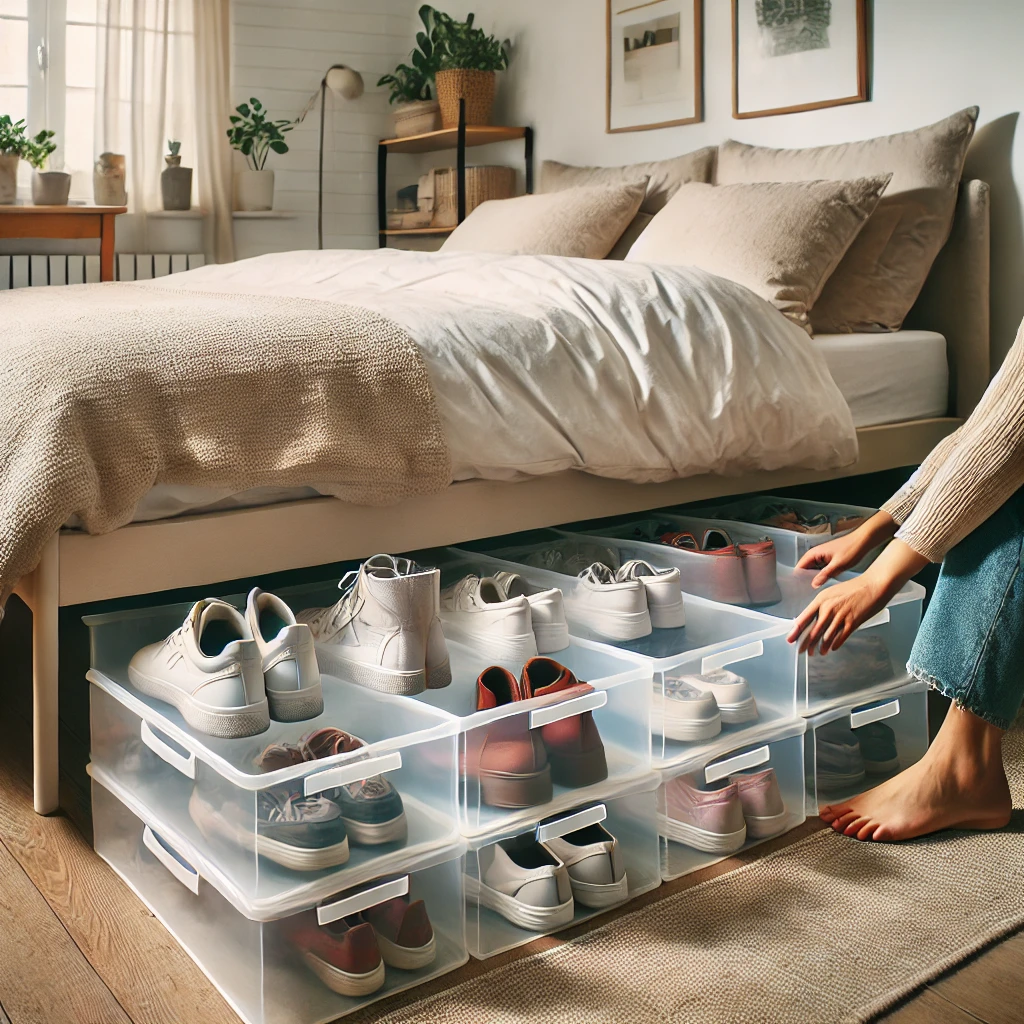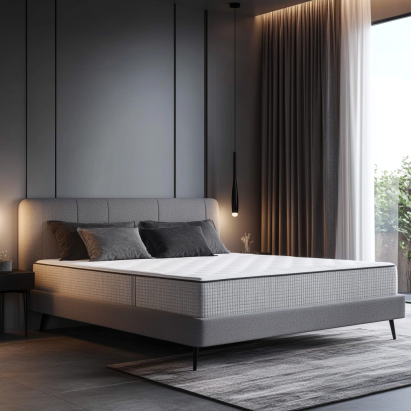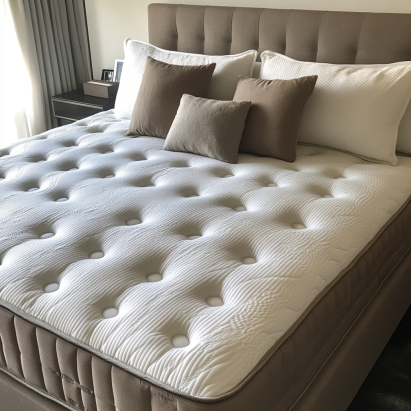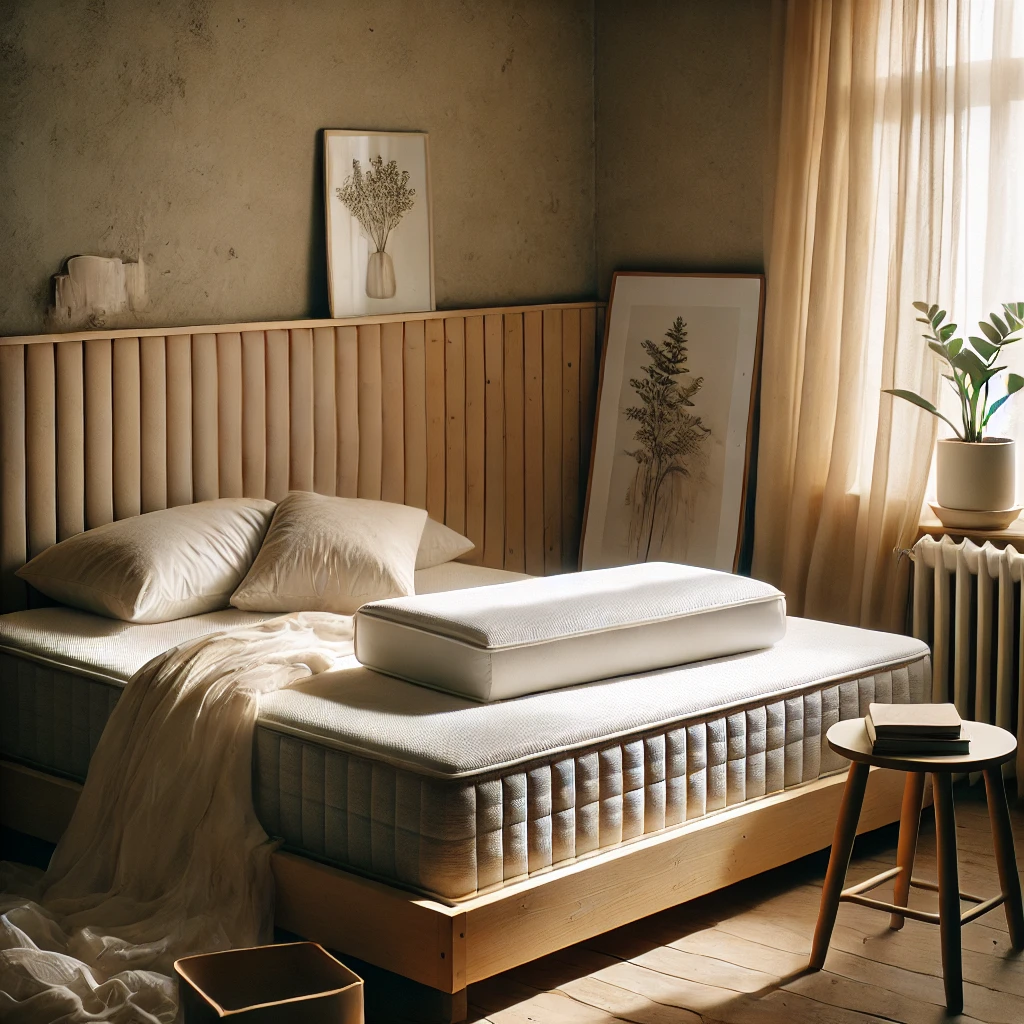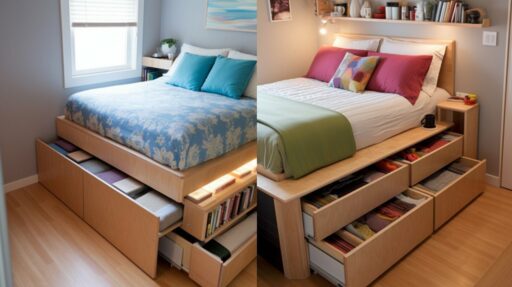Timeless Elegance: The Allure of Four Poster Canopy Beds
Imagine stepping into a bedroom where luxury and elegance greet you at every turn. A four poster canopy bed can be the centerpiece that transforms your space into a haven of comfort and style. Have you ever longed for a touch of romance in your bedroom? Let’s delve into the world of four poster canopy beds and uncover how they can enhance your bedroom experience.
What is a Four Poster Canopy Bed?
When it comes to iconic bedroom furniture, the four poster canopy bed stands out as a timeless classic. But what exactly defines this style, and why has it remained so popular over centuries?
At its core, a four poster canopy bed is characterized by its tall posts at each corner, extending vertically beyond the mattress. These posts support a canopy, typically made of fabric, that drapes elegantly over the top of the bed. This design creates a sense of intimacy and sophistication, often transforming the bed into the room’s focal point.
Historically, four poster beds originated in the Middle Ages, designed to provide warmth and privacy in drafty castles. Curtains could be drawn to create a cozy sleeping environment. Over time, they evolved into symbols of status and opulence, featuring ornate carvings and luxurious fabrics.
Today, the four poster canopy bed comes in a variety of styles, from rustic wooden frames to sleek modern designs. They’re crafted from materials like wood, metal, or upholstered fabrics, making them versatile enough to suit any bedroom aesthetic. Whether you prefer a traditional look or a contemporary feel, there’s a four poster canopy bed for you.
Benefits of Choosing a Four Poster Canopy Bed
Investing in a four poster canopy bed offers several advantages:
- Aesthetic Appeal: These beds are visually stunning and can instantly elevate a bedroom’s decor.
- Enhanced Comfort and Privacy: The canopy creates a cozy, intimate atmosphere that feels like a private retreat.
- Durability and Craftsmanship: Many four poster beds are built with high-quality materials, ensuring they last for years.
Design Styles of Four Poster Canopy Beds
Whether you prefer traditional elegance or modern simplicity, there’s a four poster canopy bed style for you:
- Traditional Designs: Often made from dark wood with intricate carvings, these beds exude classic luxury.
- Modern Interpretations: Clean lines, metal frames, and minimalist designs make these beds perfect for contemporary spaces.
- Material Options: From rich mahogany wood to sleek aluminum and upholstered finishes, there’s something for every taste.
Customization options, like choosing canopy fabrics or incorporating unique design features, allow you to create a bed that perfectly reflects your style.
Incorporating a Four Poster Canopy Bed into Your Bedroom
Styling a four poster canopy bed can transform your bedroom into a sanctuary:
- Choose the Right Drapes: Sheer fabrics can create a light, airy feel, while heavier materials like velvet add drama and coziness.
- Coordinate Bedding: Opt for luxurious linens and accent pillows that complement your bed’s frame and overall decor.
- Accessorize Thoughtfully: Add a matching nightstand or an elegant bench at the foot of the bed for a cohesive look.
Care and Maintenance for Four Poster Canopy Beds
To ensure your four poster canopy bed remains a centerpiece in your home:
- Clean Regularly: Dust the posts and canopy frame frequently. For upholstered beds, vacuum to remove dirt and debris.
- Rotate Seasonally: Switch out heavy winter drapes for lighter summer fabrics to maintain a fresh, updated look.
- Inspect for Wear: Check the canopy structure and fabric for signs of wear or damage and address them promptly.
Conclusion
A four poster canopy bed is more than just furniture—it’s a statement of timeless elegance and comfort. By incorporating one into your bedroom, you can create a luxurious retreat that feels cozy and sophisticated. Whether you prefer traditional designs or modern styles, a four poster canopy bed offers endless possibilities to enhance your space.
Ready to transform your bedroom? Explore designs and find inspiration for your dream four poster canopy bed today!


